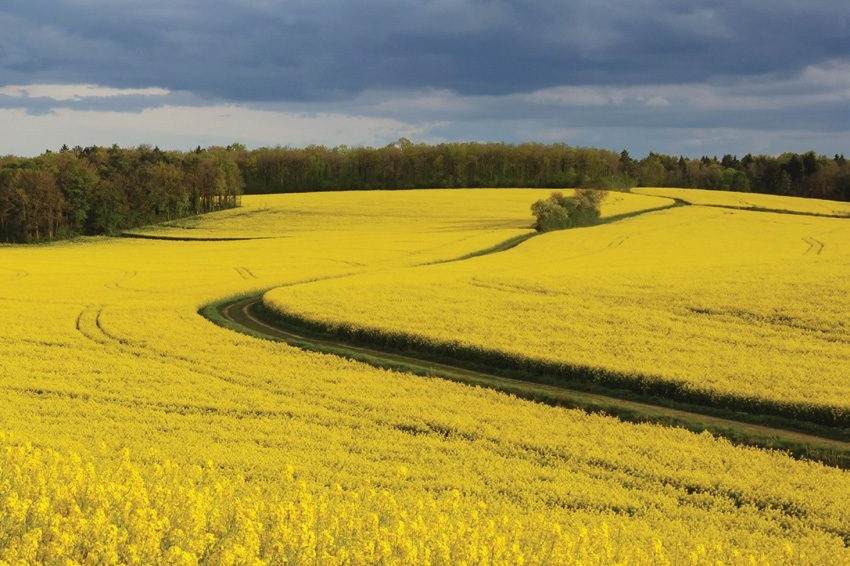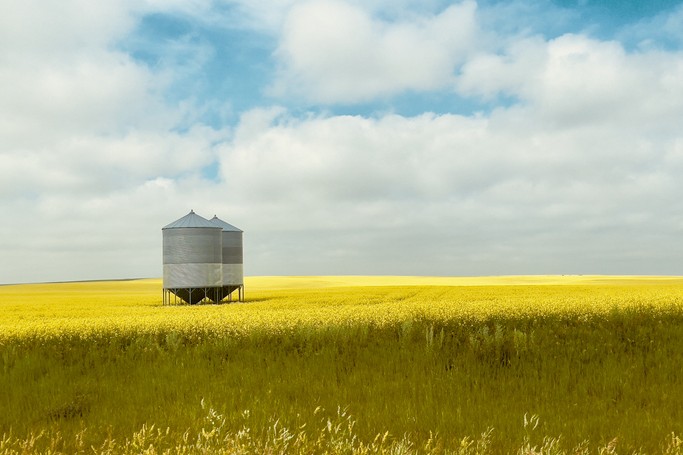Sugar beet a winner
David Walston writes from the UK where weather and pricing are dictating his planting schedule.

 IT’S BEEN A FUNNY SEASON – as every year seems to be – but overall a good one. Autumn and winter saw very, very slow growth on all the crops, probably due to a combination of very dry conditions at planting, and then cold damp weather over winter. We also had a huge freeze, about minus 15C, for several nights, which managed to kill off some of our winter bean crop. This is highly unusual, and hopefully does not become the norm. Not only was it bad for the crops, it also froze the water supply to several of the farm houses and buildings for about a week – not fun.
IT’S BEEN A FUNNY SEASON – as every year seems to be – but overall a good one. Autumn and winter saw very, very slow growth on all the crops, probably due to a combination of very dry conditions at planting, and then cold damp weather over winter. We also had a huge freeze, about minus 15C, for several nights, which managed to kill off some of our winter bean crop. This is highly unusual, and hopefully does not become the norm. Not only was it bad for the crops, it also froze the water supply to several of the farm houses and buildings for about a week – not fun.
There was a very nice change in the spring, however, as for the first time since 2018, we actually had some rain. The end of March and all of April was pretty wet, and we just managed to get our sugar beet planted before the supposed cut-off date of April 14, although conditions at drilling were not ideal.
 This is the first year since 2018 that we’ve had sugar beet in the rotation, after I decided that the combination of low prices and high soil damage was not worth it. But the price of a tonne of beet has gone up from roughly £20 (NZ$41) when we last grew it, to £40 (NZ$82) now. Obviously this has to be balanced with the value of everything else we grow, but it seemed worth a try.
This is the first year since 2018 that we’ve had sugar beet in the rotation, after I decided that the combination of low prices and high soil damage was not worth it. But the price of a tonne of beet has gone up from roughly £20 (NZ$41) when we last grew it, to £40 (NZ$82) now. Obviously this has to be balanced with the value of everything else we grow, but it seemed worth a try.
At the last moment British Sugar decided it was very keen to open its factory early, so we were offered a novel contract for a second field for September harvest (usually the factory is not opened until October) with a fixed price a hectare rather than a tonne (t). This will hopefully allow us to plant a real crop of first wheat behind the sugar beet without damaging the soil structure too much in the meantime.
Following the damp April, we then had a very wet start to May, with 75mm in the first 10 days. This was incredibly gratefully received, as it’s a key growing time for the crop, and we have become used to not getting any rain at all in this period. The bad news was that there was no more rain at all for the next six weeks, but at least relatively cool temperatures meant crops held on for that little bit longer. More rain did come in the second half of June, but it remains to be seen how effective that was.
As I sit here now, we have already harvested 80% of our winter barley crop, and it has given me something that I’m not used to – a great start to harvest. The first field yielded 9.61t/ha, and the second looks on course to hopefully break into double figures. If this does happen, we will set a new farm record for both average yield and single-field yield.
It would be great if barley was actually worth something; at the moment it’s trading at £140/t (NZ$289), roughly a £50 (NZ$103) discount to wheat. Last time I grew winter barley it was a malting variety, and it seems I made a mistake in not doing the same this time around. Although the yields you’d expect are about 10–20% less, it also costs less to grow, and this year it is worth about £100/t (NZ$206) more than feed. Ouch!
We only had barley this year because I considered conditions were too dry to plant oilseed rape (OSR) last August, and that decision seems to have been well vindicated. OSR crops in the area either haven’t made it to harvest or look poor. We’re planning to try planting rapeseed this year though, and I have lined up the cards in the best way I know how: The barley straw will be baled, the fields will get a dose of digested sewage, and there’s plenty of time to get planted in the optimum window at the beginning of August. If that doesn’t work, nothing will!
Cambridgeshire, England




